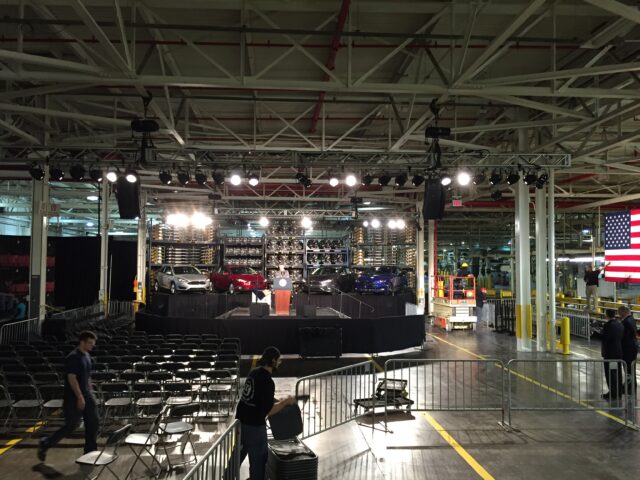The initial action in effective surveillance camera installation is to identify high-risk zones within the store. Such locations often include entry points and exits, cash counters, and sections where high-value items are showcased. By installing cameras in these areas, retailers can monitor shopper actions and detect suspicious activities. Additionally, surveillance systems at entry points can capture images of people coming into and leaving the store, which is crucial for identifying potential shoplifters. This proactive strategy aids in reducing theft and ensuring a safe atmosphere.
A further important consideration is the type of surveillance device used in the store environment. Different cameras fulfill distinct functions. For instance, dome surveillance cameras are commonly used for indoor surveillance because they are less obtrusive and can monitor a wide space. Conversely, bullet surveillance cameras are best for external application, as they are much conspicuous and can deter criminal activity. Store owners should evaluate their particular needs and choose the appropriate camera models to ensure comprehensive coverage of the store.

Along with surveillance camera models, the position and height at which cameras are installed have a significant role in their efficacy. Surveillance devices should be positioned at a height that enables for unobstructed viewing of individuals and activities without being readily manipulated with. A typical recommendation is to install cameras at least 8 to 10 ft off the floor. Additionally, surveillance devices should be tilted to monitor as much area as possible while preventing areas without coverage. This tactical placement ensures that all zones of the retail space are observed, offering a full perspective of customer interactions and potential safety risks.
Ultimately, it is essential for retailers to consistently assess and service their surveillance systems. This includes inspecting surveillance device performance, ensuring that recordings are high-quality, and refreshing software as needed. Routine upkeep helps to prevent mechanical problems that could compromise security. Additionally, store owners should review footage periodically to spot trends in customer behavior and possible security risks. By remaining vigilant and attentive to their surveillance cctv installation for emergency services equipment, retailers can create a safer shopping atmosphere and safeguard their assets efficiently.